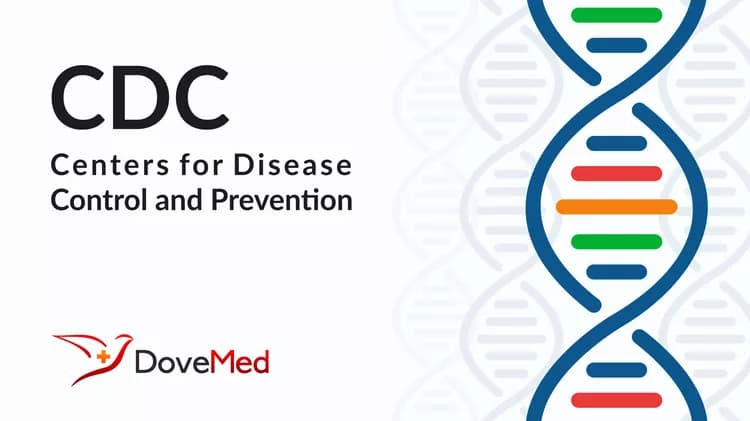
Hospitals Report Reductions In Some Types Of Health Care-Associated Infections
Hospitals report reductions in some types of health care-associated infections
CDC report highlights areas for improvement in an effort to protect patients
Hospitals in the U.S. continue to make progress in the fight against central line-associated bloodstream infections and some surgical site infections, according to a report issued today by the Centers for Disease Control and Prevention (CDC). Â Catheter-associated urinary tract infections remained unchanged between 2010 and 2011.
“Reductions in some of the deadliest health care-associated infections are encouraging, especially when you consider the costs to both patients and the health care system,” said CDC Director Tom Frieden, M.D., M.P.H. “This report also suggests that hospitals need to increase their efforts to track these infections and implement control strategies that we know work.”
The report looked at data submitted to the National Healthcare Safety Network (NHSN), CDC’s premiere infection tracking system, which receives data from more than 11,500 health care facilities across all 50 states, Washington, D.C., and Puerto Rico. The number of infections reported was compared with data from 2010, as well as with a national baseline.
Patrick Conway, chief medical officer of the Center for Medicare & Medicaid Services (CMS) said, “The significant decrease in central line and surgical site infections means that thousands of patients avoid prolonged hospitalizations and the risk of dying in the hospital. Providers, working with CDC and CMS, are fulfilling Medicare’s quality measurement reporting requirements for hospital infections and demonstrating that, together, we can dramatically improve the safety and quality of care for patients.”
CDC reported for 2011:
A 41 percent reduction in central line-associated bloodstream infections since 2008, up from the 32 percent reduction reported in 2010. Progress in preventing these infections was seen in intensive care units (ICU), wards, and neonatal ICUs in all reporting facilities. A central line is a tube that is placed in a large vein of a patient's neck or chest to give important medical treatment. When not put in correctly or kept clean, central lines can become a route for germs to enter the body and cause serious bloodstream infections.
A 17 percent reduction in surgical site infections since 2008, up from the 7 percent reduction reported in 2010.This improvement was not evident for all procedure types, and there is still substantial opportunity for improvement across a range of operative procedures.Â
A 7 percent reduction in catheter-associated urinary tract infections since 2009, which is the same percentage of reduction that was reported in 2010. While there were modest reductions in infections among patients in general wards, there was essentially no reduction in infections reported in critical care locations.
Catheter-associated urinary tract infections among ICU patients are an area of significant concern because patients who get these infections are more likely to need antibiotics. While antibiotics are critical for treating bacterial infections, they can also put patients at risk for other complications including a deadly diarrhea caused by the bacteria Clostridium difficile.
As part of the National Action Plan to Prevent Healthcare-Associated Infections that was established in 2008, HHS has set goals for reducing central line-associated bloodstream infections, catheter-associated urinary tract infections, and surgical site infections by December 2013. The data included in this report indicate that steady progress is occurring towards the goal of a 50 percent reduction in central line-associated bloodstream infections and a 25 percent reduction goal for surgical site infections over the course of five years. Although progress towards the 25 percent reduction goal for catheter-associated urinary tract infections is moving more slowly, with sustained prevention efforts, the 2013 goal remains attainable.
The federal government has a number of ongoing efforts to protect patients and improve health care quality. The Partnership for Patients initiative focuses on protecting patients in America's health care facilities through the prevention of hospital-acquired conditions. Federal initiatives, including Partnership for Patients, the National Action Plan to Prevent Healthcare-Associated Infections: Roadmap to Elimination, CMS Quality Improvement Organizations, Â and the Comprehensive Unit-based Safety Program funded by the Agency for Healthcare Research and Quality, aim to accelerate the prevention progress happening throughout the country.Â
To access the full report, see CDC’s website: http://www.cdc.gov/hai/national-annual-sir/index.html.
###
U.S. DEPARTMENT OF HEALTH AND HUMAN SERVICES
Related Articles
Test Your Knowledge
Asked by users
Related Centers
Related Specialties
Related Physicians
Related Procedures
Related Resources
Join DoveHubs
and connect with fellow professionals

0 Comments
Please log in to post a comment.